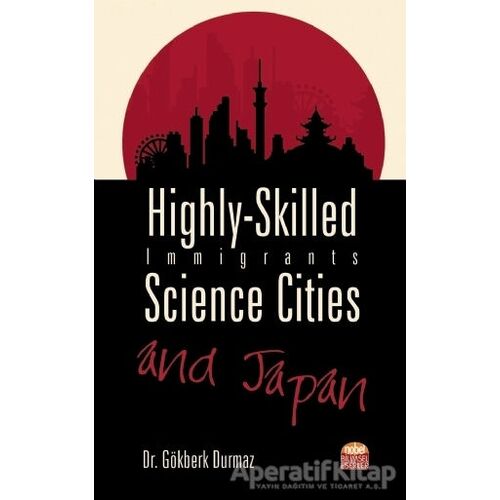Hiç mesaj bulunmadı
| Taksit | Tutar | Toplam |
|---|---|---|
| Tek Çekim | 195.00 TL | 195.00 TL |
250 TL nin altındaki tutarlar için taksit yapılamamaktadır.
| ||
| Taksit | Tutar | Toplam |
|---|---|---|
| Tek Çekim | 195.00 TL | 195.00 TL |
| 2 Taksit | 97.50 TL | 195.00 TL |
| Taksit | Tutar | Toplam |
|---|---|---|
| Tek Çekim | 195.00 TL | 195.00 TL |
250 TL nin altındaki tutarlar için taksit yapılamamaktadır.
| ||
| Taksit | Tutar | Toplam |
|---|---|---|
| Tek Çekim | 195.00 TL | 195.00 TL |
250 TL nin altındaki tutarlar için taksit yapılamamaktadır.
| ||
| Taksit | Tutar | Toplam |
|---|---|---|
| Tek Çekim | 195.00 TL | 195.00 TL |
250 TL nin altındaki tutarlar için taksit yapılamamaktadır.
| ||
| Ödeme Türü | Toplam Tutar |
|---|---|
| Diğer Kredi Kartları | 195.00 TL |
| Havale / Eft | 195.00 TL |
| Posta Çeki | 195.00 TL |
| Kapıda Ödeme | 205.00 TL |
Kapıda ödemeli siparişlerde +10,00TL kapıda ödeme hizmet bedeli ilave edilir. |
|
- Vade farksız taksitler KOYU renkte gösterilmektedir.
- X+X şeklinde belritilen taksitler (Örneğin: 2+3) 2 taksit olarak işleme alınmakta ancak ilgili bankanın kampanyası dahilinde 2 taksit üzerinden işlem yapıldığı halde 2+3 yani 5 taksit olarak kartınıza ve ödemenize yansımaktadır. (2 taksit seçilmiş olsa bile banka kampanyası dahilinde ekstradan vade farkı eklenmeden işlem 5 taksite bölünmektedir.)
An aging society and a stable economy have forced Japan to receive more immigrants and to open its doors to the world, in contrast to the nation’s historical distancing away from internationalization and immigration. Although the country is struggling with a labor shortage in almost all sectors, the main target of its immigration policy has always been highly-skilled and low-skilled labor rather than unskilled ones. Historically, the country has tried many different ways to attract more qualified immigrants.
In the late 20th century, the country decided to increase the reputation of its universities and research institutions with research parks and science cities, which could be useful tools to enhance technology and knowledge transfer. In this context, Tsukuba Science City was created and promoted by the Japanese central government.
As this book argues, Japan is using science cities to attract more qualified, highly-skilled immigrants by facilitating them with a scientific environment. However, is it enough to attract international highly-skilled researchers with only physical infrastructure? What other factors can be effective in swaying people’s decisions to immigrate? What do international immigrants really experience?
This book uncovers unheard voices of highly-skilled immigrants in Tsukuba Science City (Japan), which will help to understand the experiences of academic immigrants from the immigrants’ views centered on a phenomenological perspective of social (cultural) anthropology. Only then, the role of highly-skilled immigrants in generating a Japanese science city could be truly understood.



